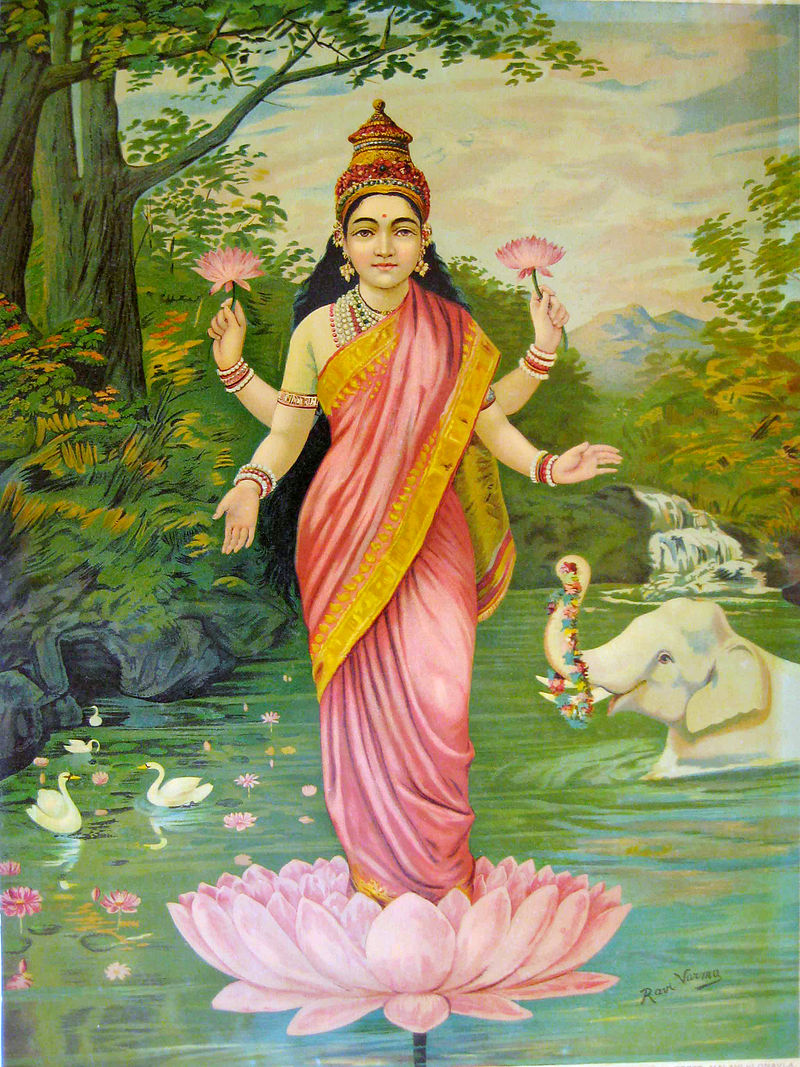Hinduism for Kids: A Fun Guide to One of the World’s Oldest Religions
Namaste friends, Hinduism is one of the world's oldest religions, practiced by millions of people mainly in India and Nepal. It has a rich history, filled with fascinating gods, traditions, festivals, and teachings that guide people in how they live their lives. If you're a kid curious about Hinduism, this guide will give you a great introduction to its many colorful aspects!
What is Hinduism?
Hinduism isn’t just one religion, but a collection of various beliefs and practices that have evolved over thousands of years. Unlike some religions, Hinduism doesn’t have just one holy book or one founder. It is a way of life, focusing on spiritual growth and connecting with God in different forms.
The Big Ideas in Hinduism
1. Dharma: This is a key idea in Hinduism. It means living a life of responsibility, duty, and righteousness. Everyone has their own Dharma based on their role in society, like being a student, a friend, or a family member.
2. Karma: Ever heard of "what goes around comes around"? That’s Karma! In Hinduism, it means that the good or bad things you do in life will affect what happens to you in the future. If you do good things, good things will happen to you, and if you do bad things, well, you might face consequences.
3. Reincarnation (Samsara): Hindus believe that after you die, your soul (called Atman) is reborn in a new body. This cycle of birth, death, and rebirth is called reincarnation or Samsara.
4. Moksha: The ultimate goal in Hinduism is to reach Moksha, or liberation from the cycle of reincarnation. It is a state of eternal bliss and peace, where your soul becomes one with the Supreme Being.
Who are the Hindu Gods?
Hinduism is known for its many gods and goddesses. Hindus believe that God can take on many forms to help people understand Him. Here are some of the most popular Hindu gods and goddesses
1. Brahma: The creator of the universe. Brahma has four heads, each looking in a different direction, symbolizing that he created everything and sees all.
2. Vishnu: The preserver and protector of the universe. Vishnu often comes down to Earth in different forms, called avatars, to save the world from evil. His most famous avatars are Rama and Krishna.
3. Shiva: The destroyer and transformer. Shiva helps bring an end to the old and makes way for the new. He’s often shown with a snake around his neck, and his third eye represents his wisdom.
4. Lakshmi: The goddess of wealth and prosperity. She’s usually shown with gold coins flowing from her hands, symbolizing that she brings good fortune.
5. Saraswati: The goddess of knowledge, music, and the arts. Saraswati is often seen holding a book and a musical instrument called a veena, symbolizing learning and creativity.
6. Ganesha: The elephant-headed god who removes obstacles. People pray to Ganesha before starting something new, like a school year or a big project.
Holy Books of Hinduism
Unlike other religions that have just one holy book, Hinduism has many sacred texts. Here are a few important ones:
1. Vedas: The oldest and most important Hindu scriptures. They are like huge collections of hymns and prayers that guide people on how to live a good life.
2. Upanishads: These are like a guidebook for understanding deep spiritual truths, helping people realize the nature of God and the universe.
3. Ramayana: A famous epic about Prince Rama and his adventures to rescue his wife, Sita, from the demon king Ravana. It teaches the importance of duty, loyalty, and bravery.
4. Mahabharata: Another epic, this one is about the great battle between two groups of cousins. Within this epic is the Bhagavad Gita, a sacred conversation between the warrior Arjuna and the god Krishna, which teaches about Dharma and Karma.
Ramayana for Kids: A Tale of Adventure and Devotion: Illustrated Story with Colourful Pictures of Ramayana for Children
Places of Worship: The Hindu Temple
Hindus usually worship at home or in a temple, called a mandir. Temples are beautiful buildings where people go to offer prayers, sing hymns, and make offerings to the gods. Inside a temple, there are usually statues or images of different gods and goddesses, and people go there to connect with the divine.
Festivals in Hinduism
Hinduism has many colorful and fun festivals. Each one is a celebration of a particular god, event, or season. Here are some of the most popular Hindu festivals:
1. Diwali: Also called the Festival of Lights, Diwali celebrates the return of Lord Rama to his kingdom after defeating Ravana. People light oil lamps, set off fireworks, and exchange sweets.
2. Holi: Known as the Festival of Colors, Holi is celebrated in spring with a burst of colors. People throw colored powder at each other, dance, and have fun to mark the victory of good over evil.
3. Navratri/Durga Puja: A nine-day festival honoring Goddess Durga’s victory over a demon. In different parts of India, it is celebrated by dancing, fasting, and offering prayers.
4. Raksha Bandhan: A special day for brothers and sisters. On this day, sisters tie a special bracelet, called a rakhi, on their brothers' wrists as a symbol of protection, and brothers promise to protect their sisters in return.
Hindu Symbols
Hinduism has many symbols that represent its beliefs and teachings. Here are a few important ones:
1. Om (ॐ): This is one of the most sacred sounds in Hinduism. It represents the universe and the ultimate reality. Hindus often start prayers with the sound of Om.
2. Swastika (卐): This ancient symbol represents good luck and well-being. It looks like a cross with four arms bent at right angles and is often seen during festivals and ceremonies.
3. Lotus Flower: The lotus flower symbolizes purity and spiritual growth. Just as the lotus rises above muddy water to bloom, it reminds people to rise above the difficulties in life.
The Caste System
Historically, Hindu society was divided into different social groups, called castes. These were based on people's jobs and responsibilities. Although the caste system still exists in some parts of India, it has been officially banned and is not as important in modern times.
Yoga and Meditation
Yoga and meditation are important practices in Hinduism that help people connect their mind, body, and spirit.
Yoga: Yoga is a practice that involves physical exercises, breathing techniques, and meditation. It's believed to help people stay healthy and calm their minds.
Meditation: Hindus also meditate to quiet their minds and focus on spiritual thoughts. By sitting quietly and concentrating, people can feel more peaceful and closer to God.
Why Do Hindus Have a Dot on Their Foreheads?
The dot, or bindi, that some Hindus wear on their foreheads is a symbol of wisdom and spirituality. It’s placed on the forehead where the “third eye” is said to be. The third eye represents inner wisdom and the ability to see beyond what the eyes can see.
Oldest Religion: Hinduism is one of the oldest known religions in the world, dating back over 4,000 years!
No Single Founder: Unlike some other religions, Hinduism doesn’t have a single founder. It evolved over time with contributions from many different people.
Many Names for God: Hindus believe in one God, but that God can take many forms. That’s why there are so many different gods and goddesses.
No Sunday Worship: Hindus don’t have a special day of worship like Sunday. People can pray and visit temples any day they want.
Sacred River: The Ganges River is considered sacred in Hinduism. Many people take a dip in the river to cleanse themselves spiritually.
Hinduism is a religion filled with fascinating beliefs, colorful festivals, and deep spiritual teachings. It encourages people to live a good life by following their Dharma, doing good Karma, and seeking spiritual growth. It’s a rich and diverse faith that teaches love, respect, and the importance of connecting with the divine.
Hopefully, this guide gave you a fun and helpful introduction to Hinduism!
A list of my books for you to try
Hinduism For Kids: Beliefs And Practices
India for kids
Hello World. I am Deepu. This is My Life in India: Multicultural Education Book for Kids: Teaching Diversity, Cultures and Customs to Children.
Namaste World. I am Diya. My life in India: (Multiculturalism for Children: Introduction to Global Diversity, Cultures and Customs)
Ramayana for Kids: A Tale of Adventure and Devotion: Illustrated Story with Colourful Pictures of Ramayana for Children
HINDUISM: Hinduism for Beginners: Guide to Understanding Hinduism and the Hindu Religion, Beliefs, Customs, Rituals, Gods, Mantras and Converting to Hinduism
Hinduism Made Easy: Hindu Religion, Philosophy and Concepts























